Rock ‘n’ Roll and Military Dictatorships Almost Destroyed Argentine Tango
As rock music and military regimes began to rise, tango began to fall—was it all just a coincidence?
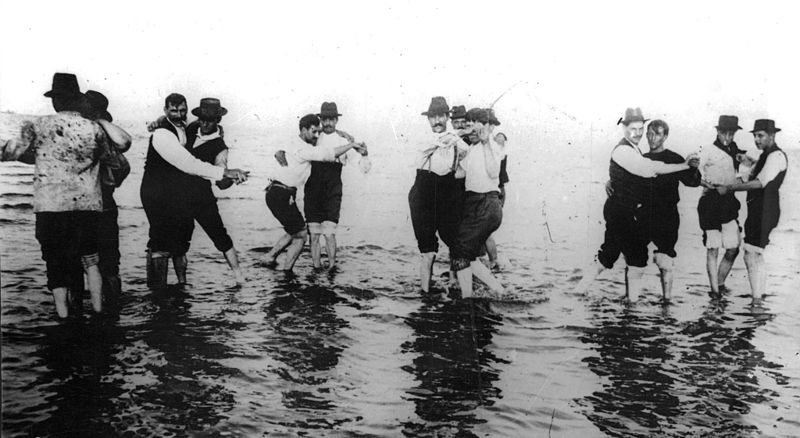
In the 1940s, Argentina was tango and tango was Argentina. Born in the marginalized outskirts and upscale brothels of Buenos Aires, the musical genre slowly but surely seeped into the very roots of the country’s culture and took a strong hold. Fathers would spend years teaching their sons how to dance, singers like Carlos Gardel were national figures, and social gatherings were always accompanied by the sound of the tango concertina, the bandoneon.
Then, two disparate but hugely impactful things arrived: a series of military dictatorships and rock ‘n’ roll. While in opposition in every other respect, the dictatorships and the new music genre inadvertently collaborated in dethroning tango and driving it to near oblivion.
The 20th century in Argentina was marked by political, social, and economic unrest. Between 1930 and 1983 there were six coup d’etats led by the military. Woven in between these were the authoritarian presidencies of Juan Domingo Peron, a former military general who participated in the coup of 1943 and ruled as a populist president from 1946 to 1955. Peron was seen as the protector of the working classes and national identity, two things that tango represented as well. Under him, the genre enjoyed a prosperous golden age.

But his censorship of the opposition and authoritarian rule gave rise to the self-named Liberating Revolution in 1955, which overthrew him and placed in power a military regime. Another coup would follow in 1962 and yet another in 1966. The latter, called the Argentine Revolution, would also be a dictatorship.
Peron ruled once again as president from 1973 until his death in 1974. His Vice President, Isabel Martinez de Peron, was also his wife, and her presidency after his death—which was considered nepotism by many— was overthrown by what would be the most brutal of the country’s dictatorial regimes, the National Reorganization Process.
The Argentine Revolution and the National Reorganization Process sought to squash the devotees of Peron’s legacy—so-called peronismos—which had both strong right-wing and left-wing factions. As a result, many peronistas, including some of tango’s most prominent figures, were exiled, threatened, or simply disappeared.
There was also the question of censorship. When tango first emerged, the church banned it because it was the music of the “immoral” factions of society. It was no longer banned when the coup of 1930 occurred, but there was censorship of lyrics that supported populist ideas and used lunfardo, the slang of the working classes in Buenos Aires and Montevideo. Even Peron banned songs like Cambalache for being too pessimistic.
After the coup of 1955, the military regimes continued this censorship even more harshly. They banned and censored songs that supported anything they deemed too close to peronismo, that criticized the state of affairs, or that sympathized with the working class and used lunfardo. With its lyrics heavily controlled, and with many of its figures exiled or in hiding, tango began to wane.

At the same time, a shift in social mentality began to occur. While there had previously been time to allot to social gatherings, the new economic models promoted by the regimes relied heavily on the idea of production. Marcelo Solis, an Argentine tango professor at the Escuela de Tango de Buenos Aires, who lived through the last two regimes, explained that in the mind of the military, if Argentina was a mess, it was because its culture was a mess. If the country wanted to be more prosperous, it should look at foreign countries and seek to imitate them. The xenophobic attitude of peronismo was replaced by the obsession of achieving a version of the American Dream. There was no time or money for something as frivolous as culture.
And then there was the horror of living under the regimes. When asked what she remembers of the regime of ‘76, Adriana Vera, an Argentine immigrant in New York, looked into space and recalled: “What do I remember? Persecution, mandatory curfew, a lot of caution, a lot of trembling, a lot of fear.” Gatherings of three or more in the street were prohibited. Arrests were made in the middle of the night, and those kidnapped during these raids were often tortured and placed in concentration camps. Tens of thousands of these victims of the state disappeared. Though the revealing of mass graves after the fall of the regime has helped to locate some of them, the vast majority have yet to be found.
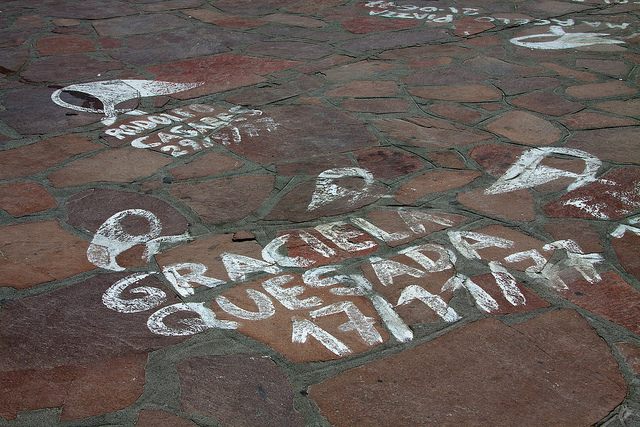
In this era of constant fear, dancing and social gatherings were often renounced. The dictatorships, then, created the perfect situation for tango to be forgotten.
By an ironic and almost cruel twist of fate, so did rock ‘n’ roll.
Hailed as the genre of rebellion, rock united youth all over the world during the tumultuous 1960s and 1970s. In Argentina, things were no different. Stifled by the oppressive regimes and inspired by the sexual and political revolutions that were shaping a new world, young people rejected everything that seemed old and antiquated. Tango definitely fell into this category.
Gustavo Varela, Director of the History of Tango Graduate Program at FLACSO Argentina, says that there was an “enormous cultural difference [between young people and their parents] that was marked very clearly.” Rejecting the macho culture of tango as passé, the general mentality was that it was old people’s music.
Vera echoed this sentiment: “[I thought] it was something pretty that my parents and grandparents, old people, danced. Me? Tango? Never! I wouldn’t have been caught dead. That was old people’s dance and music.” Today, she is an active member of the New York tango community.
Besides, tango is by definition a social dance, while rock, as Varela says, “is a rhythm of tall buildings. Of locking yourself up in your bedroom.” In the midst of the dictatorships, in which “the social fabric was ruptured,” rock was the perfect music for youth who could listen to it on their own while wearing jeans and letting their hair grow long.

Not that people didn’t gather socially to listen to rock. Rock ‘n’ roll was so popular in Argentina that venues filled up as consistently as tango ones didn’t. Because of the curfew, there were instances of arrests after rock concerts. Varela recalls coming out of one when he was 16 or 17 and seeing the military load all the attendees into a truck. They let him go because he was white and blond, but most others did not share his fate.
However, it seems like the military often turned a blind eye to minors being out after curfew during rock concerts while keeping the rule in observance for milongas (tango dance parties). According to Solis, this, like most things, had to do with money. Rock venues made more profit than tango venues, and could thus afford to bribe government officials. He remembers that some of his friends worked in these venues and that the bribe was often included in the event budget. Milongas could rarely do the same.
But the relationship between the regimes, tango, and rock was not so clear cut. There were instances, for example, in which tango actually collaborated with the dictatorships. Varelo recounts how Astor Piazzolla, one of tango’s most prominent figures, traveled to Europe with his orchestra and was paid by the regime of ‘76 to tell the world that circumstances in Argentina were splendid. Given the violence of the regime, it seems unlikely that they even had a choice.
Many tangueros also supported the regimes and wrote songs for them. Several of them, including Piazzolla, sang in honor of Alfredo Astiz, a military “hero” who was involved in the kidnapping, torture, and disappearance of members of the Madres de Plaza de Mayo, an activist group formed by mothers who demanded information on their disappeared children.

Because there are never too many comical twists in history, the military regimes and rock also helped set the stage for tango’s comeback. As Solis explains, in exile, Argentines started to come to the genre as a way to connect with their lost nation and bring it to Europe and North America. Hector Orezzoli, co-producer of the 1985 Broadway sensation Tango Argentino explained to the New York Times that Argentinians wanted to be European, so they thought of tango as tacky. Actual Europeans, however, couldn’t get enough of it. Ironically, this made tango once again favorable in the eyes of Argentinians.
National rock, once seen as the replacement of tango, began mentioning it in a positive light. Charly Garcia and Pedro Aznar, two of the icons of Argentinian rock, named their first collaborative album, coincidentally released in 1985, Tango.
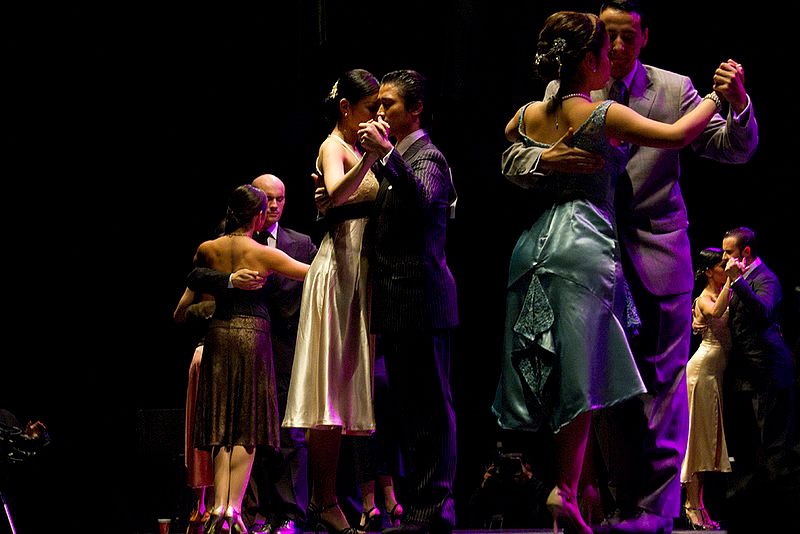
When democracy was again re-instituted in 1983, tango was ready to follow suit. It took time, of course, but fueled by its popularity outside of Argentina, and the mysticism that shrouded it for being connected to the time before the dictatorships, tango once again rose to the top.
Today, it is the fastest growing dance in the world, and has been declared by UNESCO as intangible cultural heritage.
Update, 12/9: The story originally stated that 13,000 people were “disappeared” during Argentina’s military regime of 1976, the official number reported by the Secretariat of Human Rights of Argentina. It has been updated to account for the varying estimates of this figure, which range from 9,000 to 30,000.


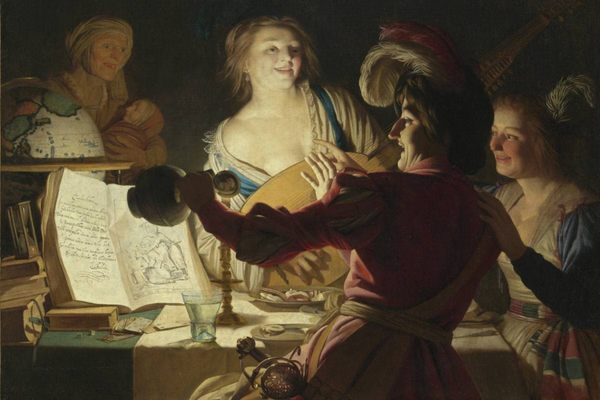
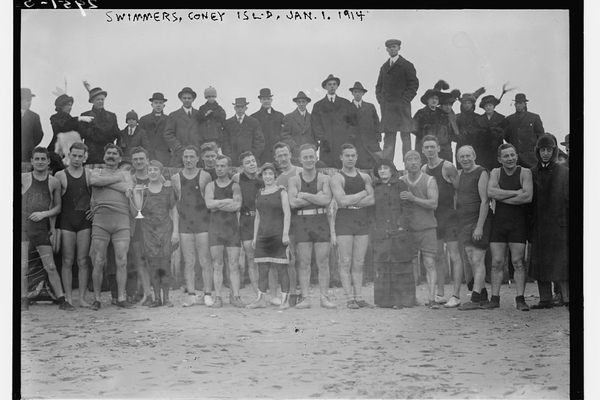
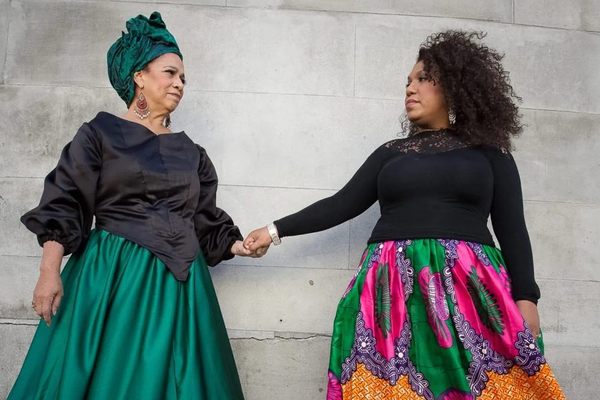














Follow us on Twitter to get the latest on the world's hidden wonders.
Like us on Facebook to get the latest on the world's hidden wonders.
Follow us on Twitter Like us on Facebook